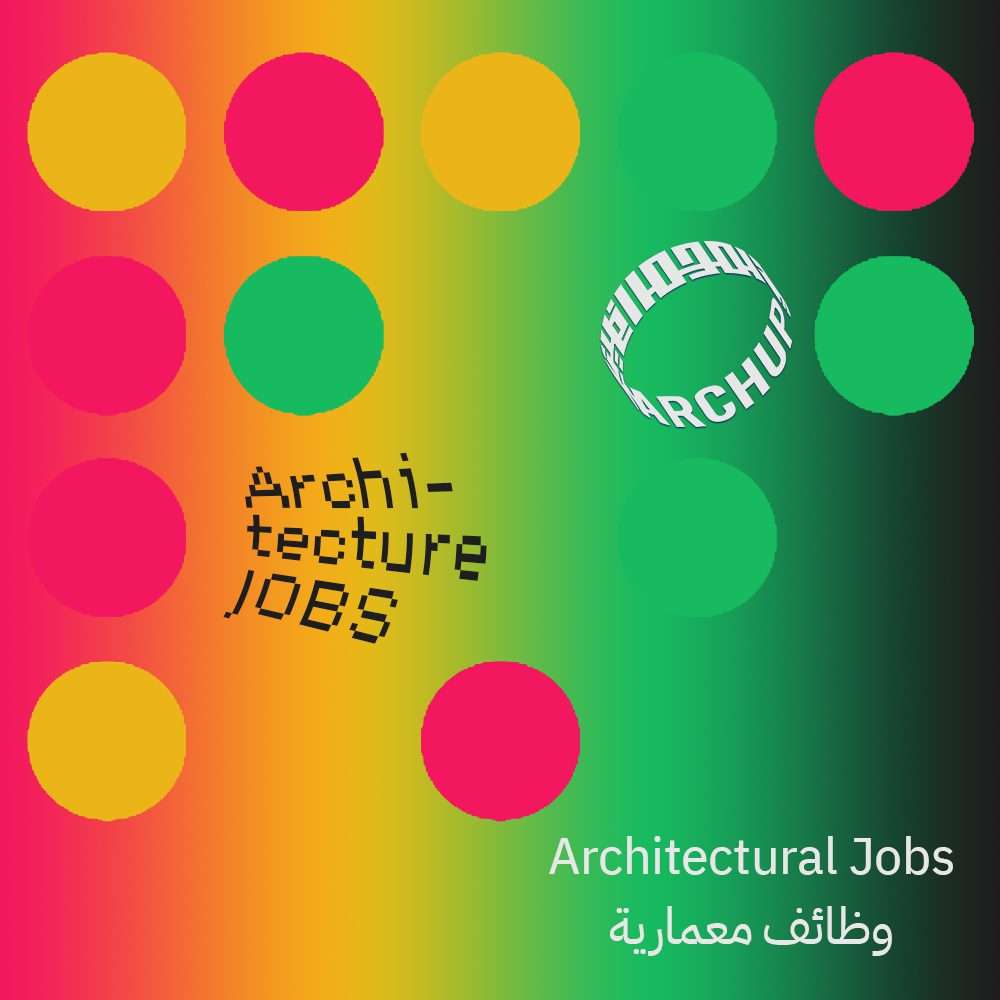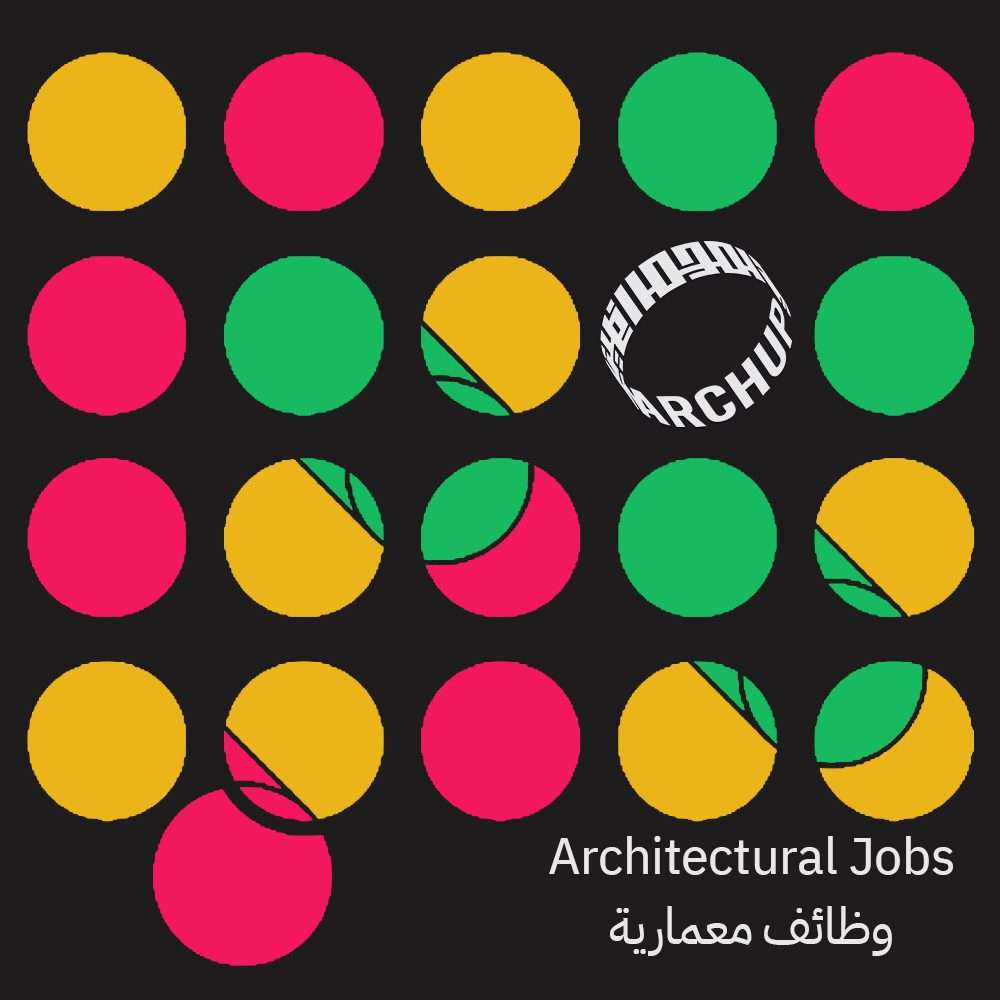Updates on engineering and architecture jobs available around the world
Most of the energy consumption in buildings is for heating (45%), hot water (9%) and cooling (5%). Energy used for HVAC in commercial and domestic buildings is around 59% of total building energy consumption. Untreated water in hydronic HVAC systems could be detrimental to the energy performance and the longevity of the system. It is estimated by some sources that an extra 30% of energy is consumed due to the reduction in system efficiency as a result of deteriorated water quality, poor upkeep, and component oversizing (US Department for Energy, 2023).
All the aforementioned factors reduce heat transfer making hydronic systems less able to cope with extreme weather conditions, thus reducing performance by 15-30%. Due to the poorly maintained system, different components of the system will need to work harder and less efficiently leading to an increase in energy use and reducing system lifetime.
The research hypothesis is that IR thermography diagnostics can accurately optimise energy performance and highlight system failure polymeric piping systems. The aim of this project is to develop decision support tools to predict when timely maintenance intervention can cost-effectively optimize the operation and maintenance of closed loop polymeric HVAC systems. Objectives are:
- Investigate the life cycle performance of closed loop HVAC systems by analysing experimental data.
- Develop a diagnostic approach, using image recognition from IR thermography to advise maintenance.
- Develop a data driven for polymeric HVAC systems, linked to a Building Energy Management framework, enabling real-time intervention to optimise maintenance and energy efficiency.
- Validate a prototype of the proposed decision support system for energy management, to enable adoption across the sector and to exploit commercialisation opportunities
- Disseminate the results, develop a simple, interactive educational tool and create standards recommendations and guidelines for design
Additional Funding Information:
The studentship is for three years and provides a tax-free stipend of £18,622 per annum for the duration of the studentship plus university tuition fees.
Tuition fees cover the cost of your teaching, assessment and operating University facilities such as the library, IT equipment and other support services. University fees and charges can be paid in advance and there are several methods of payment, including online payments and payment by instalment. Fees are reviewed annually and are likely to increase to take into account inflationary pressures.





